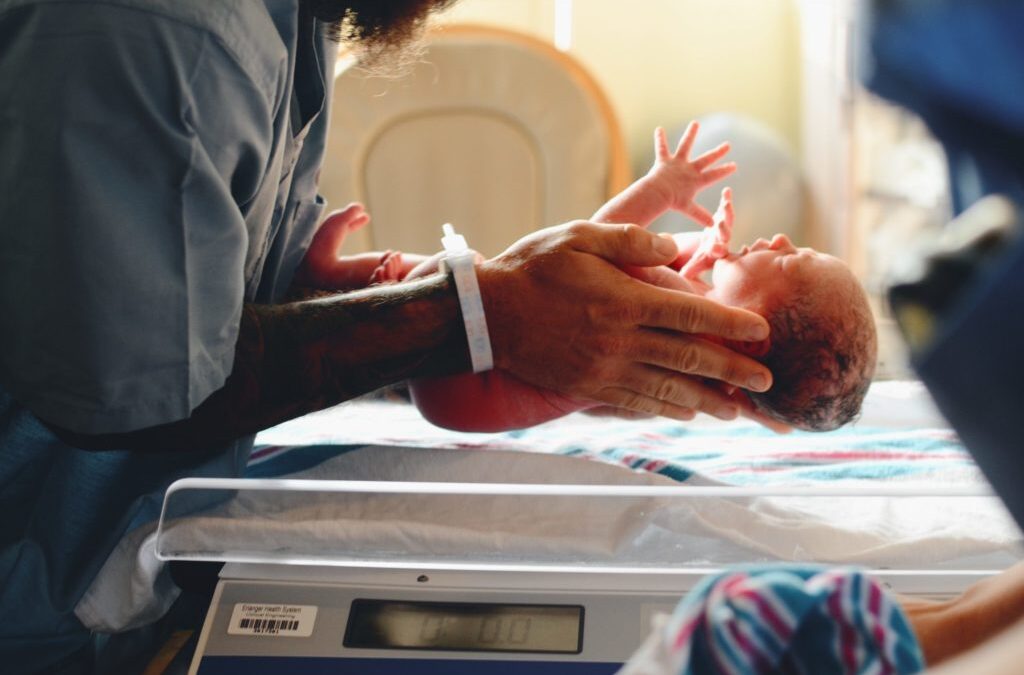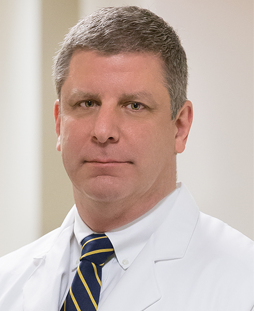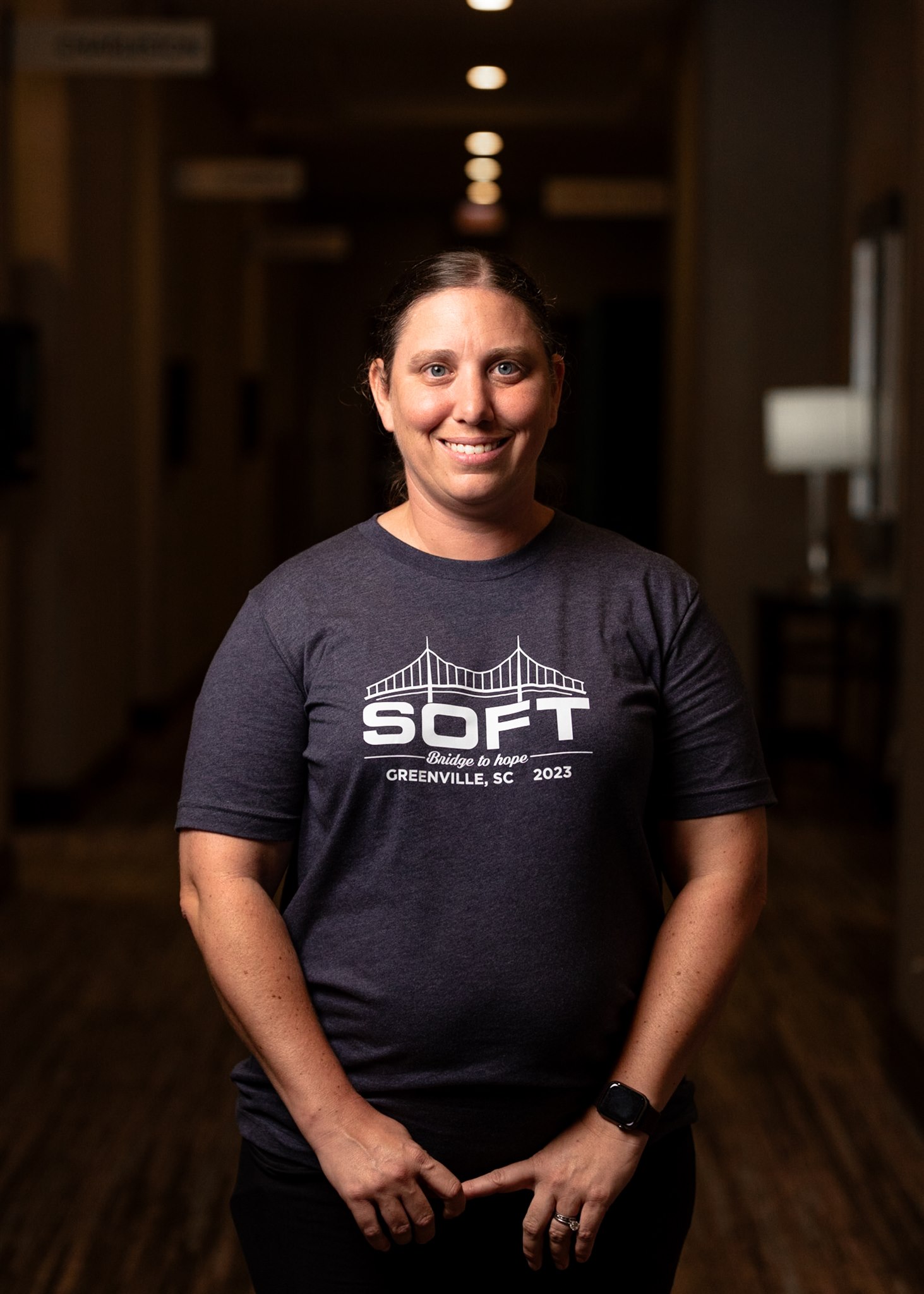PROFESSIONAL VIEWPOINT: Journal Club
IRVING C., RICHMOND S, WREN C, LONGSTER C, AND EMBLETON ND. 2011. CHANGES IN PREVALENCE AND OUTCOME FOR TRISOMIES 13 AND 18: A POPULATION-BASED STUDY OVER 23 YEARS. JOURNAL OF MATERNAL-FETAL AND NEONATAL MEDICINE 24:137-141.
CRIDER KS, OLNEY RS, CRAGAN JD. 2008. TRISOMIES 13 AND 18: POPULATION PREVALENCES, CHARACTERISTICS, AND PRENATAL DIAGNOSIS, METROPOLITAN ATLANTA, 1994-2003. AMER J MEDIC GENET PART A 146A:820-826.
Two recent papers provide comprehensive information on the frequency among total births of fetuses in babies with trisomies 13 and 18. Prevalence is the term used by healthcare professionals to refer to the frequency and defined population at birth of a particular problem or birth defect; the term birth prevalence is used now to indicate if occurrence in total births, usually liveborn infants. In these papers I will specify the prevalence figures as fractions of one in a certain number of births, as I find that is the easiest way to think of the frequency. I, myself, find decimals to be hard to comprehend in this context. Just to provide a perspective, traditional birth prevalences of trisomy 18 for liveborn infants (not stillbirths, miscarriages, or terminated pregnancies) is 1 in 5 to 7,000. The best estimate of prevalence of trisomy 13 is 1 in 10 to 20,000.
The first study by Irving and colleagues from Northern England report birth prevalence of live births, fetal deaths, and terminated pregnancies over a 23-year period. The investigations the study base their figures from a well-established congenital anomaly registry in the northern health region of England. They included all pregnancies that reached at least 24 weeks’ gestation (including stillbirths and liveborn infants) and all terminations for fetal abnormality regardless of gestational age. Because of the gestational dates, comparisons (except for livebirths) are often hard to make because other studies have chosen different gestational ages and may or may not include pregnancy terminations. The authors here are a well-established group who have published before in the field. For trisomy 13, a total of 110 pregnancies were recorded or 1 in 7,000 registered births. The overall occurrence increased in the 2003 to 2007 year period, compared to the four-year period of 1985 to 1989. This increase was thought to be due to the increase in maternal age over that period recognized throughout Europe and America. During the periods there was a noted decrease in number of live births of trisomy 13, as in 1985 to 1989 the frequency was 1 in 20,000, while in 2003 to 2007 it was 1 in 33,000. Over 80% of fetuses with trisomy 13 were prenatally diagnosed and over 90% of those diagnosed were electively terminated. As in the case of trisomy 18, the authors suggested that the increased use of prenatal diagnosis and the high rate of pregnancy termination explained the change in frequency from 1 in 20,000 to 1 in 30,000 liveborns.
Similar figures were provided for trisomy 18 but with higher numbers because of the increased frequency. Again, prenatal diagnosis increased during the period. Close to 90% were prenatally diagnosed in the 2003 to 2007 period and 86% of those prenatally diagnosed, the family chose to terminate the pregnancy. As in trisomy 13, the live birth prevalence decreased from 1 in 6,000 in the 1985 to 1989 period to 1 in 10,000 in the 2003 to 2007 period.
The paper by Crider et al was a study using Center for Disease Control prevention data in metropolitan Atlanta. As in the previous study, the authors likely had excellent collection of liveborn and stillborn infants but accurate collection of miscarriages with trisomy 18 and 13 and elective terminations would not be as complete. The overall frequency including livebirths, stillbirths, and elective terminations during their 10-year period was 1 in 2,500. The frequency of livebirths, similar to the British study, was much lower at 0.63 per 10,000 (1/15,873).
The authors discuss the factors that go into determining the figures. They include maternal age, distribution of a particular population being studies, the frequency of spontaneous fetal deaths, the rates and characteristics of mothers who use prenatal diagnosis and elective terminations, and the ability of the investigators to ascertain all of these events. While there may be differences in mean maternal age between the Atlanta study in 1994 to 2003 and the UK study over a longer period, both show a decrease in the number of livebirths with trisomy 18 and 13 compared to previous decades.
I chose to summarize these two studies because of the recurring issue that has been discussed at SOFT board meetings over the last few years regarding the recognized decrease in number of liveborn infants with trisomy 18 and 13. These studies provide us with relatively accurate numbers and also discuss the factors that go into the figures.
































Recent Comments